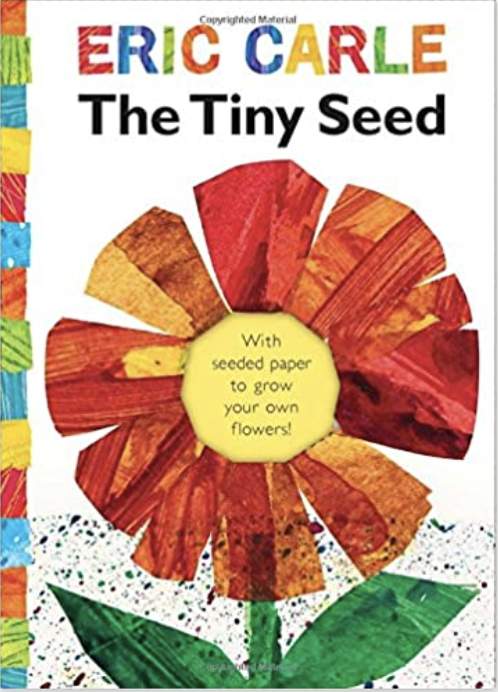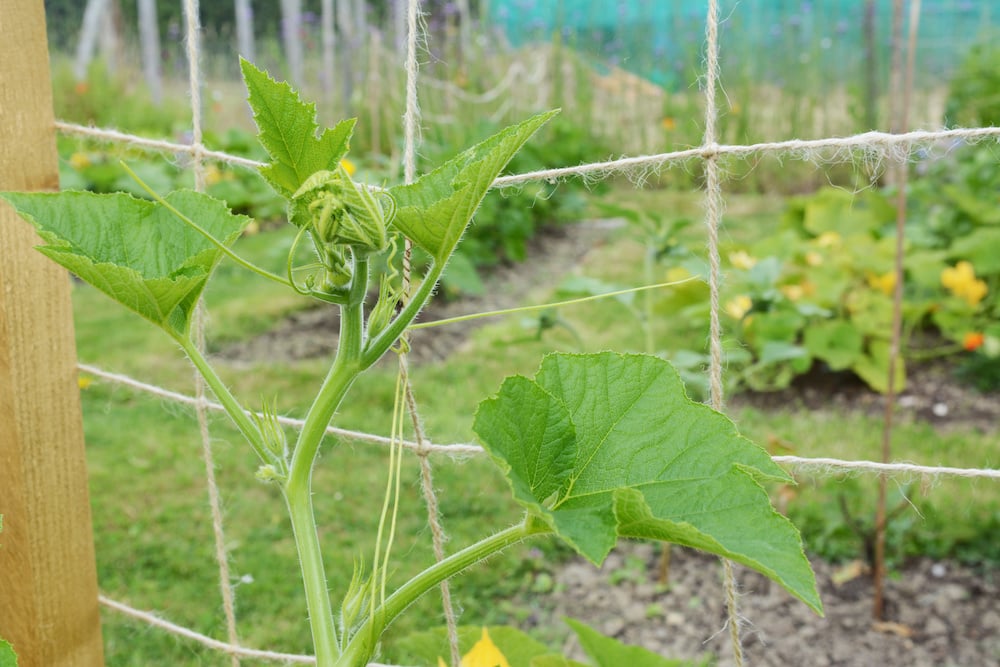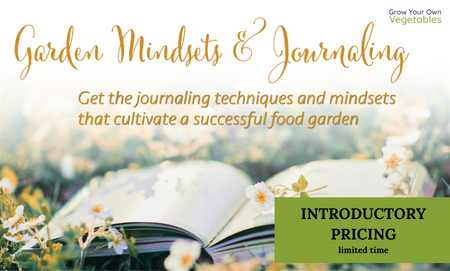Keys to Partner with Mother Nature
The single most profound statement my garden mentor, Stacey Murphy, ever said to me is so simple that it’s easy to dismiss as obvious. But the impact this simple tip can have on your garden journey is massive.
She said, “Let nature do the work for you.”
At first glance this seems like a no-brainer. But once you begin to apply the information to your garden decisions, you start to realize how to live more and more in line with nature. Because the reality is, nature will do the work for you… if you let her.
The keyword is let. It’s very easy to think you’re letting nature do the work for you, because you believe in the concept. But often, growers are actually acting in a way that is trying to get nature to do the work. The difference between operating from the force of ‘getting’ and the support of ‘letting’ can be subtle, but through conscious practice, you can begin to see your place in the garden in a whole new light.
Key #1: The first key to letting nature do the work for you is to keep going.
For example, maybe you’re planting a perennial herb in the same place in your garden and every year it just keeps dying. You realize that while you want that herb there, it doesn’t like being there. Far too often people end the conversation here and simply give up. But if you keep the conversation with nature going and ask why, then you’re opening the door to deepening your partnership with nature, learning how to work with her. Because quite often, the solution is something simple: maybe the drainage wasn’t good enough in that area, maybe it needed just a bit more light or maybe it needed just a little less water. The important thing is not to give up! The more you cultivate your partnership with nature, the more fresh harvests you can get and the less effort you’ll need to put forth!
Key #2: The second key to letting nature do the work for you is to listen, get still, and observe.
Let’s say you want to grow organically but you keep losing your food to pest and disease infestations. You spend money and bring in the beneficials to take care of the crop competitors, but it doesn’t work and the following year they’re nowhere to be seen!
This happens to growers a lot and, being disappointed, they often give up on the idea that beneficial insects can help them in their garden. More often than not, beneficials fail to do the job because of some small aspect that we overlook. Maybe the temperatures weren’t right when we released them. Maybe we don’t have enough perennials for them to overwinter. Or maybe the beneficial species did do the job, but the crop competitor population was just too high for the one beneficial species to do it all on its own. Whatever it is, you won’t know unless you observe and employ your curiosity to find out.
This can be one of the hardest keys to practice. Because while observing is easy, finding time to observe can be a huge challenge for growers. Luckily, you don’t have to sit for hours in your garden (though that is quite enjoyable! 🙂) or set up a 24 hour camera. The easiest way to observe is to do it while you’re performing your other garden tasks. This means you have to be present with your garden.
If you’re thinking about your kids’ homework, a huge project due date at work, or the thousand other things you have going on in life while you’re pruning your tomatoes, watering, and performing all your other garden tasks, then you aren’t being present with your garden. Not only does that make for a less enjoyable experience, you won’t be able to observe and might miss something that later could have helped you save your harvest.
Key # 3: Practice being present in the garden.
This doesn’t have to be a long drawn out process. It can be as simple as setting your clock for two or three minutes before going into your garden to clear your mind, set your intentions, and to remind yourself that all the mental clutter will still be there after your garden time. It just might save your harvest.
If you practice the 3 Keys to letting nature do the work for you—#1: keep going, #2: listen, get still, and observe, and #3: practice being present in the garden, you’ll be well on your way to forming a long-lasting partnership with nature and discovering how to support nature so that she can do the work for you!



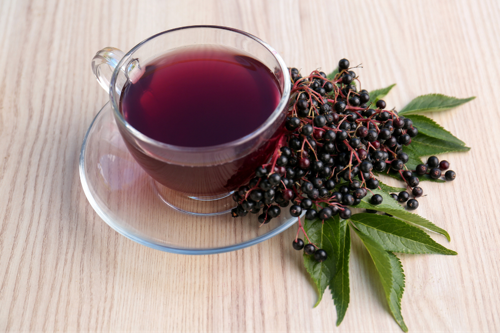




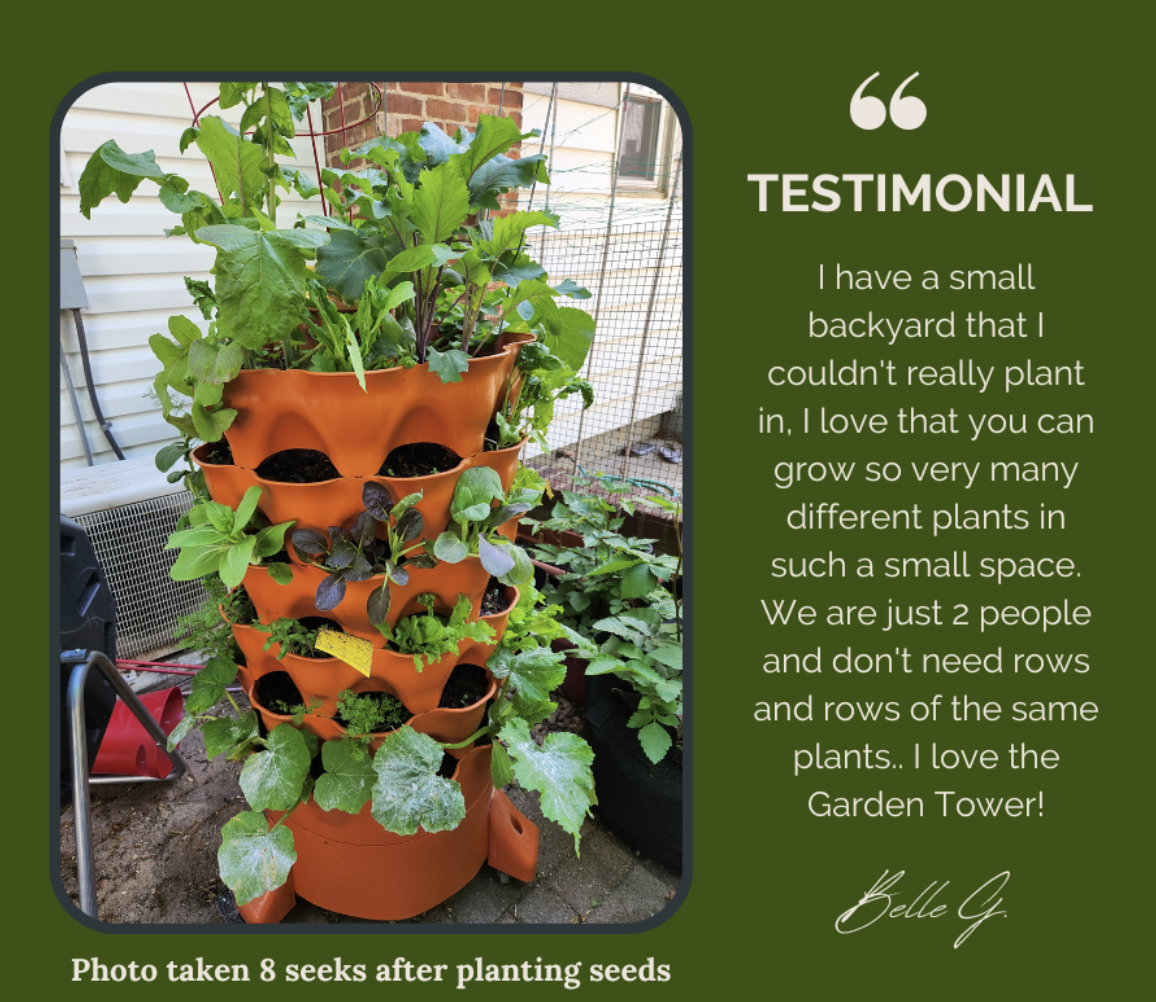

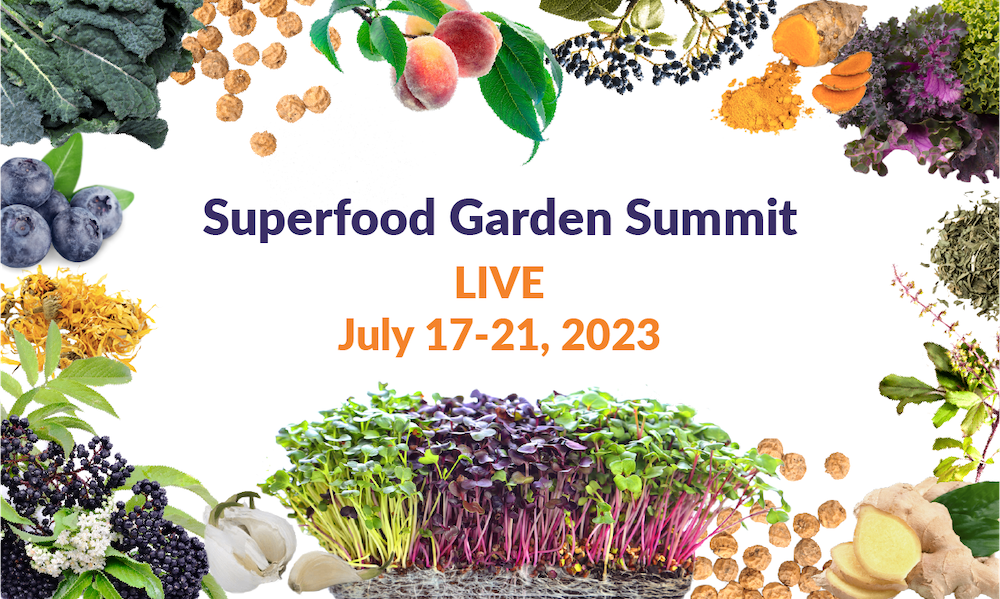


 Books are an excellent way to set a purpose or entice a child to look closer at the world around them. I especially love the book
Books are an excellent way to set a purpose or entice a child to look closer at the world around them. I especially love the book 

 Dianna Hutts Aston creates wonderful books about the natural world. I suggest
Dianna Hutts Aston creates wonderful books about the natural world. I suggest 